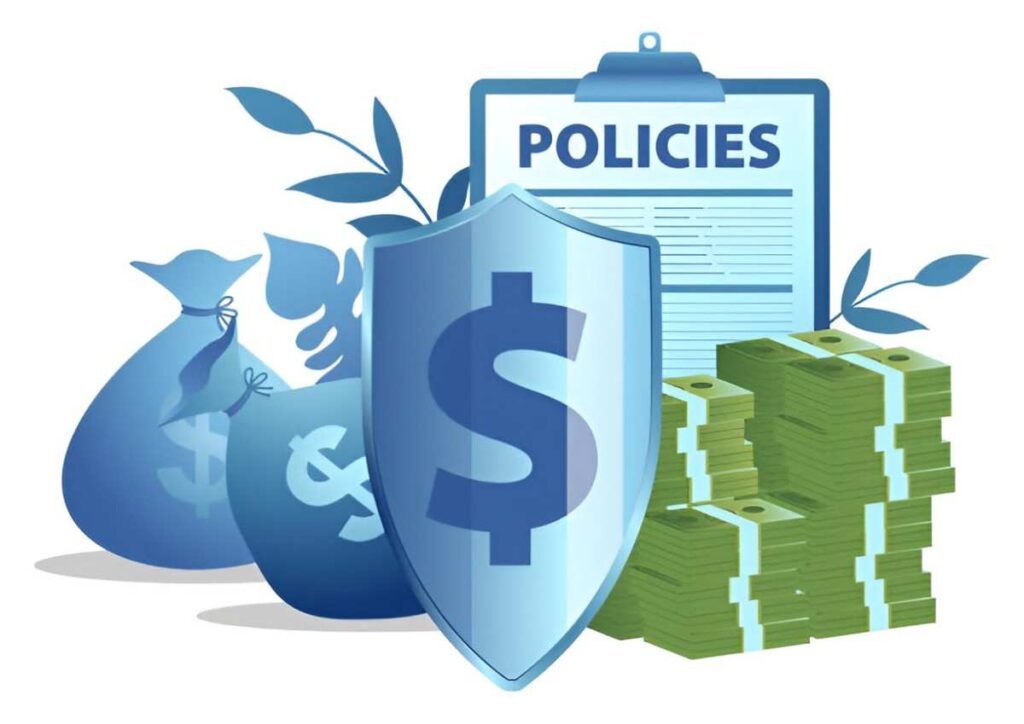As a homeowner or renter, I know how crucial it is to safeguard my property and possessions. Household insurance—often called homeowners or renters insurance—provides financial protection against unexpected disasters. Whether it’s a burst pipe, a burglary, or a natural disaster, the right policy can mean the difference between recovery and financial ruin. In this guide, I’ll break down the complexities of household insurance, explain key concepts, and help you make informed decisions.
Table of Contents
What Is Household Insurance?
Household insurance covers my home and personal belongings against damage or loss. It also includes liability protection if someone gets injured on my property. Policies vary, but most standard homeowners insurance in the U.S. includes four main components:
- Dwelling Coverage – Protects the physical structure of my home.
- Personal Property Coverage – Covers my belongings inside the home.
- Liability Protection – Shields me from legal claims if someone gets hurt on my property.
- Additional Living Expenses (ALE) – Pays for temporary housing if my home becomes uninhabitable.
How Premiums Are Calculated
Insurance companies assess risk using statistical models. My premium depends on factors like:
- Location – Homes in flood-prone or high-crime areas cost more to insure.
- Home Value & Rebuilding Costs – A 2000\text{ sq. ft.} home in California has different rebuilding costs than one in Texas.
- Deductible – A higher deductible (D) lowers my premium (P) but increases out-of-pocket costs during a claim.
The basic premium formula insurers use is:
P = (R \times V) + (L \times C) - DWhere:
- R = Risk factor (based on location, claims history, etc.)
- V = Home value
- L = Liability risk
- C = Coverage amount
- D = Deductible
Example Calculation
Suppose my home is valued at $300,000, located in a moderate-risk zone (R = 0.002), with a $1,000 deductible.
P = (0.002 \times 300,000) + (0.001 \times 300,000) - 1,000 = 600 + 300 - 1,000 = -100Since a negative premium doesn’t make sense, insurers apply a minimum base rate. In reality, the premium would be adjusted upward to ensure profitability.
Types of Household Insurance Policies
Not all policies are the same. The most common types in the U.S. are:
| Policy Type | Coverage Details | Best For |
|---|---|---|
| HO-1 | Basic coverage for named perils (fire, theft, vandalism). | Rarely used today. |
| HO-2 | Broad named-peril coverage, including falling objects and freezing pipes. | Budget-conscious homeowners. |
| HO-3 | Open-peril coverage for the dwelling, named-peril for personal property. | Most homeowners (standard policy). |
| HO-4 | Renters insurance—covers personal belongings but not the structure. | Renters. |
| HO-5 | Comprehensive open-peril coverage for both dwelling and personal property. | High-value homes. |
| HO-6 | Condo insurance—covers interior structures and personal items. | Condo owners. |
| HO-8 | Modified coverage for older homes with replacement cost limitations. | Historic homes. |
Named Perils vs. Open Perils
- Named Perils – Only listed risks (e.g., fire, theft) are covered.
- Open Perils – All risks are covered unless explicitly excluded.
Most standard HO-3 policies use open-peril for the dwelling but named-peril for personal property.
What Does Household Insurance Cover?
1. Dwelling Coverage
This protects the physical structure of my home, including walls, roof, and built-in appliances. If a tree falls on my roof, dwelling coverage pays for repairs.
2. Personal Property Coverage
This covers my belongings—furniture, electronics, clothing—against theft or damage. Most policies reimburse actual cash value (ACV), which accounts for depreciation. For example:
- My 5-year-old TV originally cost $1,000.
- Depreciation rate: 10\% per year.
- Current value: 1,000 \times (1 - 0.10)^5 = 1,000 \times 0.59 = 590.
If I want full replacement cost coverage, I’ll need an add-on or a higher-tier policy.
3. Liability Protection
If a guest slips on my icy driveway and sues me, liability coverage pays for legal fees and medical bills. Standard policies usually offer $100,000 to $500,000 in coverage.
4. Additional Living Expenses (ALE)
If my home is uninhabitable after a fire, ALE covers hotel stays, meals, and other extra costs. Most policies limit ALE to 20\% of my dwelling coverage.
Common Exclusions
Household insurance doesn’t cover everything. Typical exclusions include:
- Floods – Requires separate flood insurance (FEMA’s National Flood Insurance Program).
- Earthquakes – Needs a separate endorsement.
- Wear and Tear – Maintenance issues (e.g., a leaky roof from neglect).
- High-Value Items – Jewelry, art, and collectibles often need additional riders.
How to Choose the Right Policy
1. Assess My Home’s Value
I need enough dwelling coverage to rebuild my home at current construction costs. A local contractor can provide a rough estimate.
2. Inventory My Belongings
Creating a home inventory helps me determine how much personal property coverage I need. Apps like Encircle or Memento Database can simplify this process.
3. Compare Deductibles
A higher deductible means lower premiums but more out-of-pocket costs during a claim. I should choose a deductible I can comfortably afford.
4. Check Liability Limits
If I have significant assets, I might need an umbrella policy for extra liability protection.
Final Thoughts
Household insurance is a financial safety net I can’t afford to ignore. By understanding policy types, coverage limits, and exclusions, I can make an informed choice that protects my home and belongings. Always review policies annually and update coverage as needed—especially after major life changes like renovations or purchasing expensive items.





